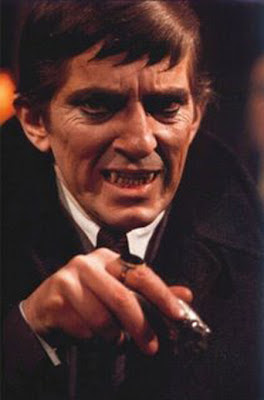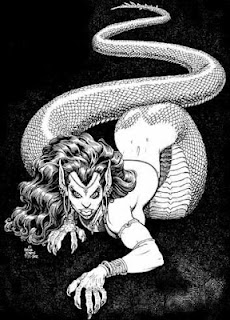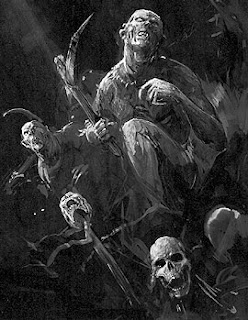Something
to cool off your hot 4th of July Friday, since snow is the focus of my fantasy
tale. This story is copyrighted, so please do not copy it off and paste
it elsewhere. Do share the link to here to all your friends and relatives to read.
Snow Angel
By
Pamela K. Kinney
I remember
that winter night when I saw the snow angel. It had just started to snow after
supper, about six o’clock. Thanks to the weather, when the sky would have been
just turning dusk, instead darkness covered the scene like a shadow.
Pressing my
face against the ice-cold glass of the large picture window in the living room,
I watched the snow falling in the dark. It was illuminated by an eerie kind of
ghost-light. At least that’s how I thought of it. Silence. The only movement came
from a lone cat struggling through the drifts to disappear down a storm drain
across the street.
I sensed rather
than heard someone behind me. I blew out my breath, fogging the glass.
“Mom, it’s
time for bed.”
My daughter,
Marie. Of course, who else could it be, since I lived with her and her husband,
Andy?
I looked
over my shoulder at her. “This feels like a reversal of when you wanted to stay
up later. Remember those days?”
She sighed.
“I’m sorry, Mom, but the doctor gave me strict instructions that you get enough
rest.”
Grumbling,
I moved away and headed down the hallway to my bedroom, Marie close on my heels.
Not caring, I shrugged off my clothes and flung them to the floor. Marie
flashed frustration on her face, but stooped and picked up the clothing,
tossing it in a hamper nearby. I put on my nightgown and ducked beneath the soft
pink blanket on my bed. My daughter leaned over to give me a kiss on my cheek.
Feather-soft, her lips tickled my skin.
“’Night,”
she said, her voice a whisper, “and dream of snow angels dancing in the snow.”
“That’s
silly,” I said. “I only told you that story when you were a kid to get you to
sleep during the night. It was my way of getting you to not worry about
monsters in closets or under your bed.”
“There are
all kinds of angels in Heaven, Mom. The snow angel is God’s own special answer
to make sure that snow falls just right so that children will have a wonderful
winter world to marvel at.” She stroked my hair. “Least that’s how you
explained it to me. Now go to sleep.”
She left me
alone. I didn’t feel somnolent, instead I never felt so wide awake.
I slipped
out of bed and sat on the seat by my bedroom window. I peered through the glass
and tried not to smog it up with my breath, hoping the snowflakes were still
lit up with odd glow. Thank goodness, they still were.
Just then,
I noticed a dark shadow moving in the distance, outlined by the glow, too. Flickering
off and on like a shorted bulb, it appeared to be gliding closer and closer to
the house. I rubbed my eyes, thinking they were playing tricks on me. But when
I took my hands away, something peered back at me from the other side of the
window and it was not my own reflection!
Heart
pounding, I toppled off the window seat. Its head—at least I assumed that was
its head—popped through the glass like it was water and looked down at me. Twin
orbs of icy-blue glowed from that dark visage. The glow grew brighter and
brighter. Unable to move or speak, I fell into that glow and a sense of peace
and warmth filled me. I stood.
“Who are
you?” I whispered.
Silence. It
slid its head back through the window. I got the feeling that it wanted me to join
it outside. Not even stopping for a robe or shoes, I unlatched my window and
shoved it and the screen up. Frigid air invited itself in and I shivered, but I
still climbed out. I dropped down into a soft drift of snow piled beneath my
window. To my surprise, I didn’t feel the cold snow squished between my toes
and the freezing wind of the blizzard biting into my exposed skin. A warmth
filled me and feeling giddy, I danced through the snow, laughing.
My visitor
took my hands, and I stopped dancing and looked up at it. It loomed over me,
the ghost-light revealing a long figure of ice and snow. Its wings, made not of
feathers but icicles, chimed like church bells. The being was glorious and
terrifying at the same time. I wasn’t frightened.
“You’re a
snow angel, aren’t you?” I asked breathlessly. “A real snow angel.”
It just
pressed me against it. Together, arm in arm; we danced a waltz through the snowflakes.
We seemed to be floating on air. Magical, like Christmas morning or that first
kiss.
There was
nothing to fear and when the angel offered, I let it fly me up, up, through
swirling snowflakes, high above the neighborhood.
****
At first I
never gave a thought to my family. But when I heard the screaming and crying
from far away it drew me back. I peeked at the scene below. Morning had dawned
and the snow stopped. Something small and indistinct dressed in a pink
nightgown lay blanketed by snow right under my bedroom window.
The window
was still propped open. Marie dropped to her knees in the snow and snatched up
that still form, screaming and crying. Andy stood over her, talking on his cell
phone.
Marie stared
up at the sky. She acted like she couldn’t see me. But I saw her tear-stained
face and the pain in her eyes. “Why, God, why?”
I wanted to
go to her, but I felt a touch on my shoulder and I looked to see the snow angel
hovering beside me. It held out a hand. I took it.
I looked
back at Marie and said, “It’s all right, everything’s all right.”
Ready now?
I nodded
with a smile. We rose higher and higher and passed through a tear in the sky
that appeared. The tear closed behind us
and I passed through shining gates, entering the snowy fields of Heaven.
















